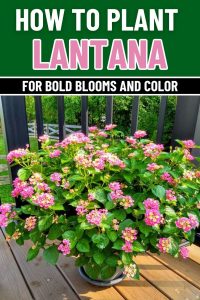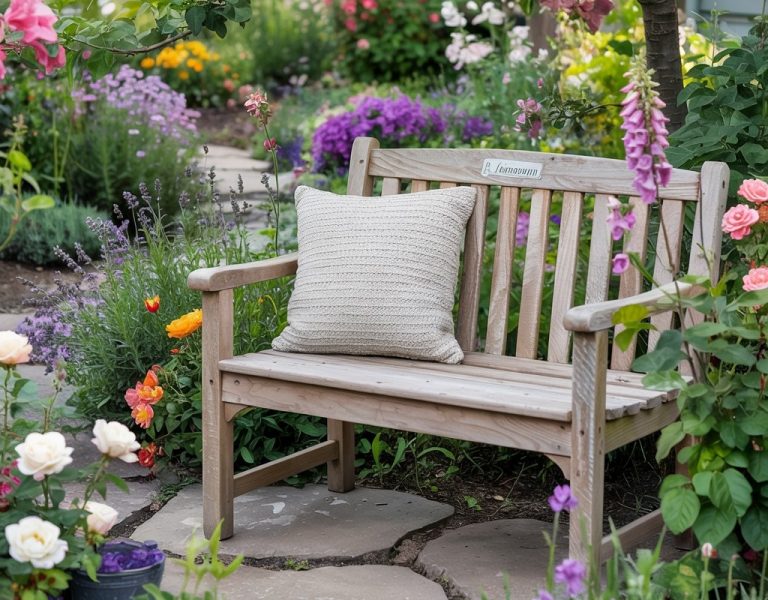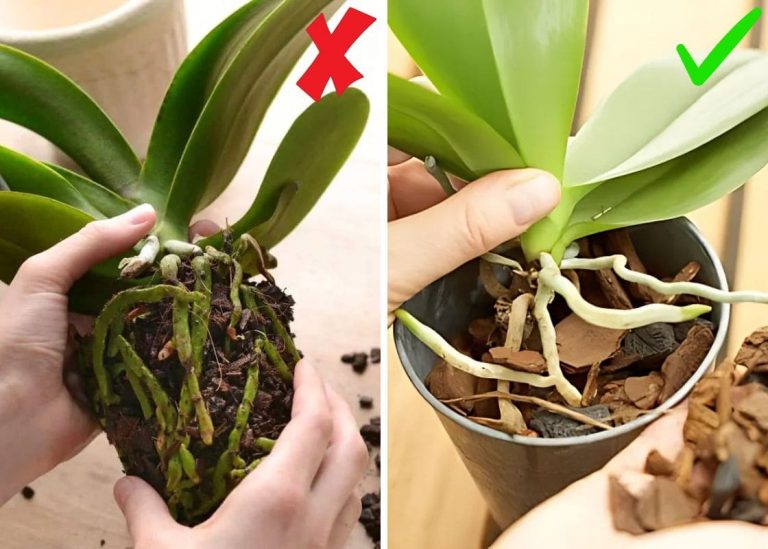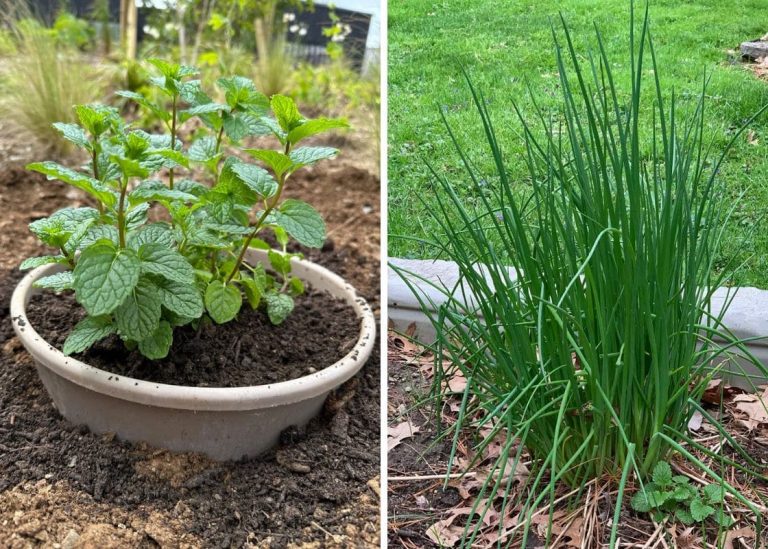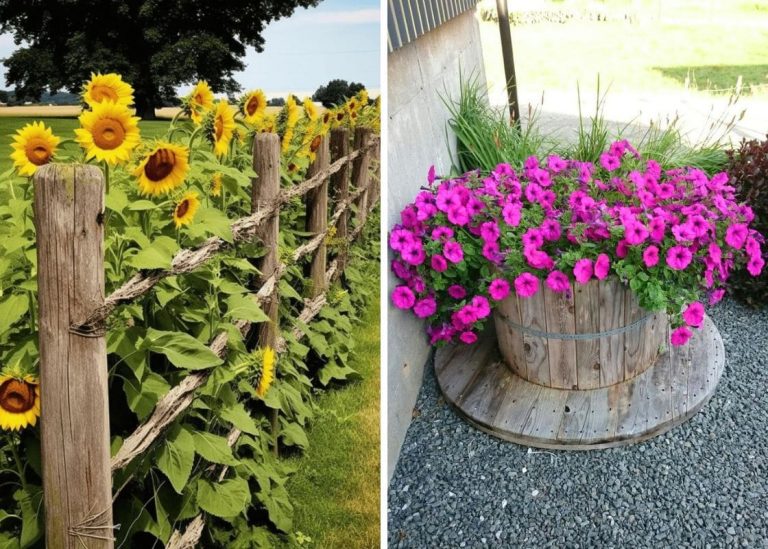Full Guide on Growing and Caring for Lantana for Bold Blooms and Carefree Color
I still remember the first summer I planted lantana. My garden had been feeling… quiet. Too many greens, not enough cheer. I wanted something that didn’t just fill space but lit it up—something with a bit of attitude, something a little wild.
At the nursery, there it was—lantana, blazing in pots with oranges, yellows, and pinks so bright they practically hummed. I didn’t know much about it back then, only that the blooms felt like summer camp and ice pops. I grabbed three on impulse and tucked them along the hottest edge of my driveway, where other plants had given up.
That was the beginning of a long love story. Lantana didn’t just survive that sunbaked space—it owned it. Within weeks, it was buzzing with bees and butterflies. It never begged for water. It didn’t sulk during heatwaves. And every time I stepped outside, there it was, blooming its heart out like it had something to prove.
Since then, lantana’s earned a permanent spot in my garden—and my heart. If you’re craving bold color, fluttering wings, and a plant that genuinely thrives on minimal effort, let me walk you through everything I’ve learned about growing and caring for this fiery favorite.
Why Lantana? Let Me Count the Ways
I once planted lantana in a pot I had no expectations for—one of those cracked clay planters by the mailbox, where the sun hits like an oven. I had tried everything else there: petunias, geraniums, even succulents, but nothing thrived. Then I dropped a small lantana start in as an afterthought.
By midsummer, it had exploded into color—fiery orange and yellow, buzzing with butterflies. Cars slowed down. Neighbors asked what the plant was. That scrappy little experiment made me fall in love with lantana’s unbeatable spirit.
Here’s why I reach for lantana year after year:
-
Pollinator magnet: Butterflies, bees, even the occasional hummingbird—lantana is like a five-star buffet for flying visitors.
-
Tough as nails: Drought? Heat? Neglect? It shrugs it off.
-
Endlessly versatile: I’ve grown it in pots, borders, sloped beds, and even in dry cracks beside pavement—and it just keeps going.
-
Color show: Varieties range from soft whites and lavenders to electric yellows and flaming reds. Many clusters even shift colors over time.
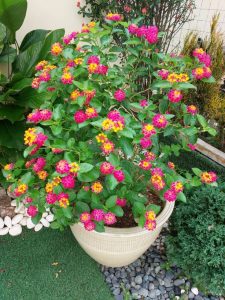
Choosing the Right Lantana for Your Space
Before you dig in, it helps to choose the form and color that suits your space best:
-
Upright/bushy varieties: Great for borders, mass plantings, and low hedges. These can grow 2–4 feet tall and wide.
-
Trailing types: Ideal for hanging baskets or spilling over rock walls and containers.
I love mixing a few varieties for contrast. The color transformations as each bloom ages create a natural ombré effect—so you end up with a living kaleidoscope.

Where and When to Plant
The first time I planted lantana too early, I was impatient. It was a warm March day in Zone 7, and I thought I could cheat the calendar. Well, two weeks later, we got a surprise frost, and I lost every single plant.
Now I wait until the soil is properly warm—truly warm—and since then, I’ve never had a lantana sulk. When you give it heat, it gives you joy.
Planting Tips:
-
Timing: After your last frost, when the soil has fully warmed.
-
Sunlight: Minimum 6 hours of full sun. More sun = more blooms.
-
Placement: Great for tough spots where other plants struggle—gravel paths, sunny slopes, even by mailboxes.
Note: I tried planting it in partial shade once… and let’s just say it became more of a foliage plant than a flower factory.
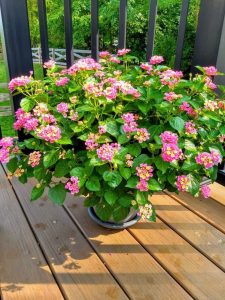
Soil and Spacing: Give It Room to Breathe
This plant doesn’t ask for much in terms of soil, as long as it drains well. Lantana can’t stand soggy roots, so clay-heavy soil needs to be amended before planting. I mix in some coarse sand and compost to create a light, airy texture.
Space your plants about 18–24 inches apart if you’re planting multiples. Trust me, they’ll fill in fast. I made the mistake of planting them too close together my first year, and by midsummer, it was a leafy jungle.
Personal Note: I once crammed too many into a bed, and by midsummer, they were wrestling for air like jungle vines.
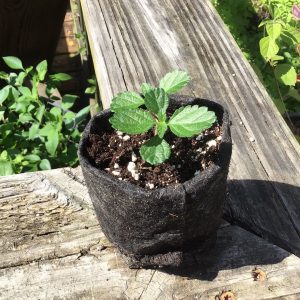
Watering: Tough, But Not Invincible
That summer I went away for five days and forgot to ask anyone to water the garden, I came home dreading what I’d find. Most of the pots were wilted and sad. But the lantana? Still upright. Still blooming. As if to say, “You good? I’m fine.”
That’s when I realized: lantana likes a little struggle. Now I only water when the soil dries out completely, and I’ve had better results than when I was hovering over it with a watering can every day.
One little tip I haven’t seen mentioned much is lantana prefers to dry out between waterings. Watering too often, especially in rich soil can actually reduce blooming. A bit of stress keeps the flowers coming.
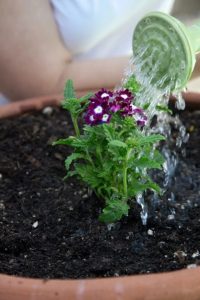
Feeding: Light on the Fertilizer
The first year I grew lantana, I treated it like everything else—fed it every two weeks with a high-nitrogen bloom booster, thinking I was doing it a favor. What I got was a huge, green, leafy plant… with almost no flowers.
I learned quickly that lantana doesn’t respond to pampering. Now I give it just enough to keep it happy, and let the sun and dry soil do the rest. It’s one of those plants that thrives on being underestimated.
If I’m growing it in containers, I might toss in a diluted liquid bloom booster mid-season, but never more than every three weeks. If the leaves are healthy and the blooms are steady, I often skip feeding entirely.
Pruning for Power
My mother-in-law taught me how to prune lantana. She saw mine one summer and said, “It’s beautiful… but it could be better.” Then she snipped off the top two inches. I gasped. A week later? Twice as many blooms.
Now, pruning is part of my summer rhythm. I do it with a sense of ceremony. It feels like an act of trust—you cut back, and the plant rewards you.
I pinch off early tips once the plant is about 6 inches tall to encourage branching. Throughout the season, I deadhead regularly—not just the flower head, but the stem down to the next leaf node. That encourages stronger, thicker stems and even more blooms.
In addition, if your lantana starts to look scraggly in mid-to-late summer, cut it back by one-third. I do this around July if needed. Within two weeks, it bounces back with fresh foliage and a whole new wave of flowers.
Trick: Don’t just remove spent flower heads—go a little deeper. The more you cut, the more it grows.
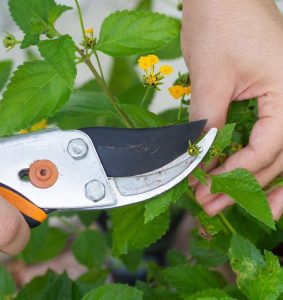
Overwintering: Can You Keep It Alive?
If you’re not in a frost-free zone, you’ve got two options: treat lantana as an annual… or give it a winter vacation indoors.
How I Overwinter Mine:
-
Dig up the plant before the first frost.
-
Pot it in well-drained soil.
-
Place near a bright, sunny window.
-
Water sparingly—just enough to keep the soil barely moist.
-
Prune hard in early spring and reintroduce it outdoors when warm weather returns.
Note: It won’t bloom much indoors—but come spring, it will thank you with a head start.
Bonus Tip: Avoid the Mistake of Babying It
This plant wants to be ignored—just a little.
Too much love = fewer flowers. Too much water = root rot. Too much fertilizer = all leaves, no color.
Lantana thrives in the kind of conditions that make other plants pout.
Final Thoughts: Why Lantana Always Has a Spot in My Garden
There are plants I grow because they’re rare. Some because they’re delicate. And then there’s lantana—my rough-and-ready, sun-loving, pollinator-drawing champion.
It doesn’t need perfect soil. It doesn’t need daily care. What it gives, though, is color, movement, and joy—season after season. It fills in gaps, cheers up empty corners, and always seems to be in a good mood.
So if you’re craving color without the coddling, plant lantana. Let it sprawl, let it shine, and let the butterflies do the rest. You won’t regret it.
